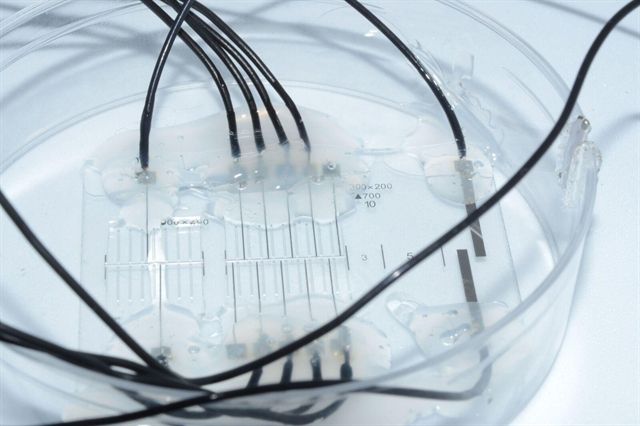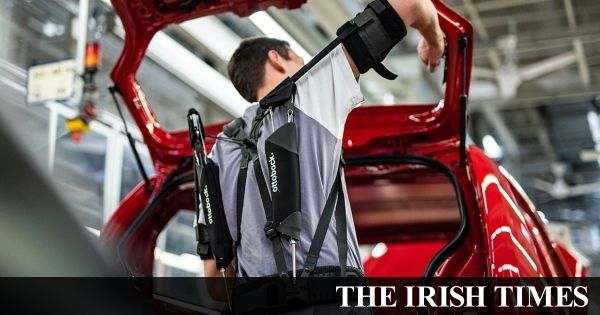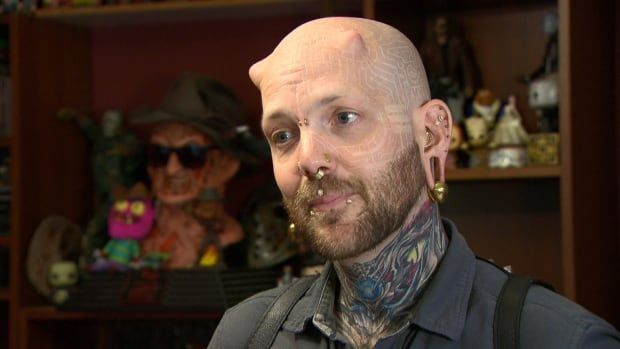Nov 3, 2018
Nerve-on-a-Chip Makes Neuroprosthetics Possible
Posted by Klaus Baldauf in categories: biotech/medical, cyborgs, neuroscience
Neuroprosthetics are implants that contain an arrangement of multi-contact electrodes capable of substituting for certain nerve functionalities in the human body. This technology has the potential to work wonders for people who have been injured or paralyzed, able to restore the sense of touch for amputees, help someone who has been paralyzed to walk again by stimulating their spinal cords, or silence the nerve activity of people suffering from chronic pain. This would provide many people with a greater degree of mobility, functionality, and a higher overall quality of life.
Stimulating nerves at the right place and the right time is essential for implementing effective treatments, but remains a challenge due to implants’ inability to record neural activity precisely. “Our brain sends and receives millions of nerve impulses, but we typically implant only about a dozen electrodes in patients. This type of interface often doesn’t have the resolution necessary to match the complex patterns of information exchange in a patient’s nervous system,” says Sandra Gribi, a PhD student at the Bertarelli Foundation Chair in Neuroprosthetic Technology.


















